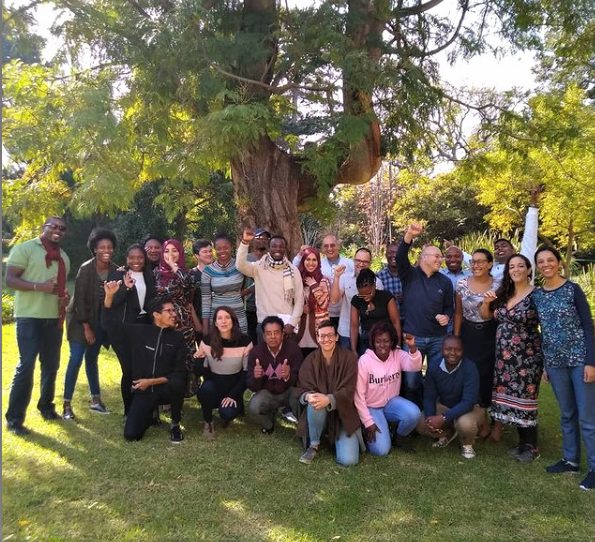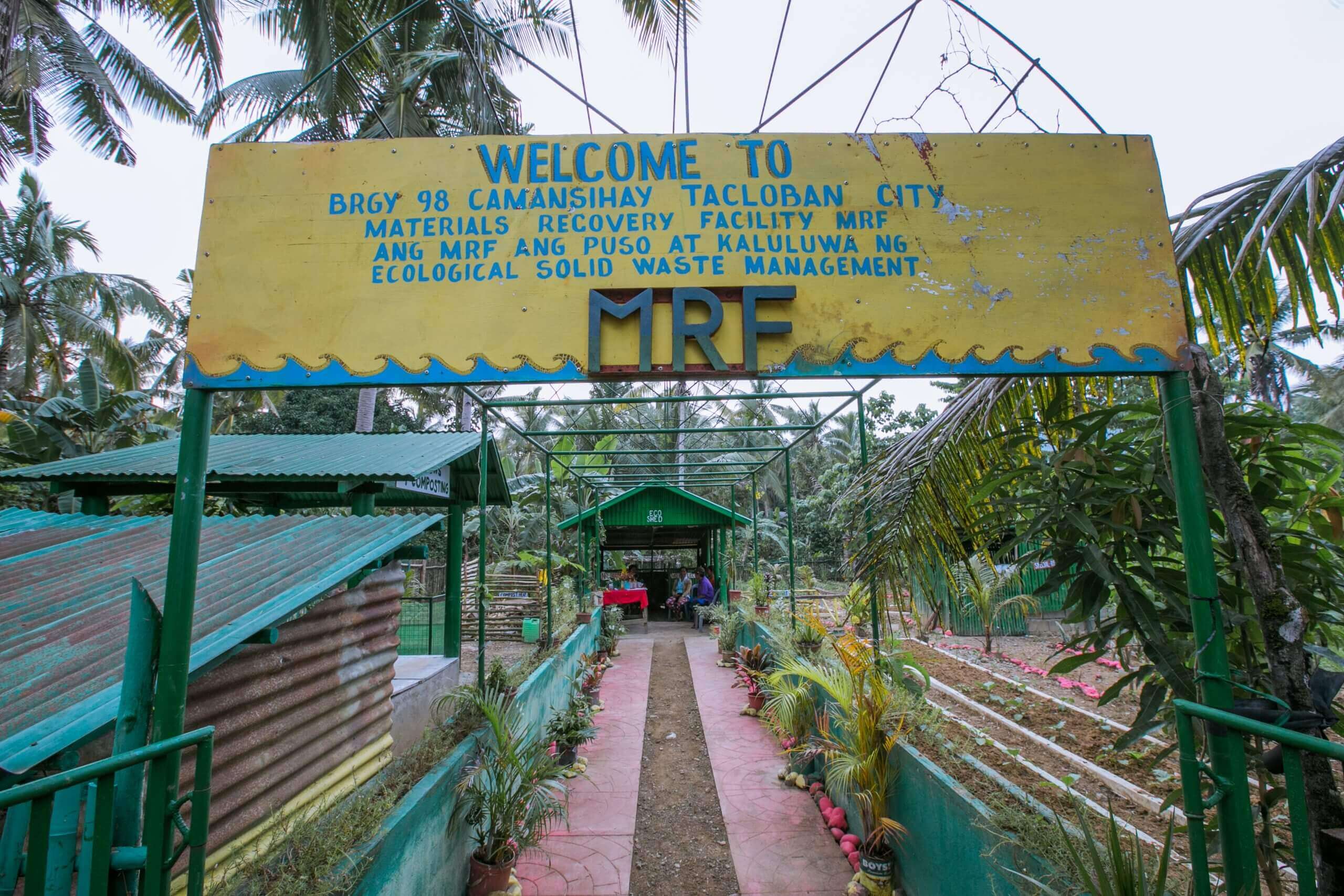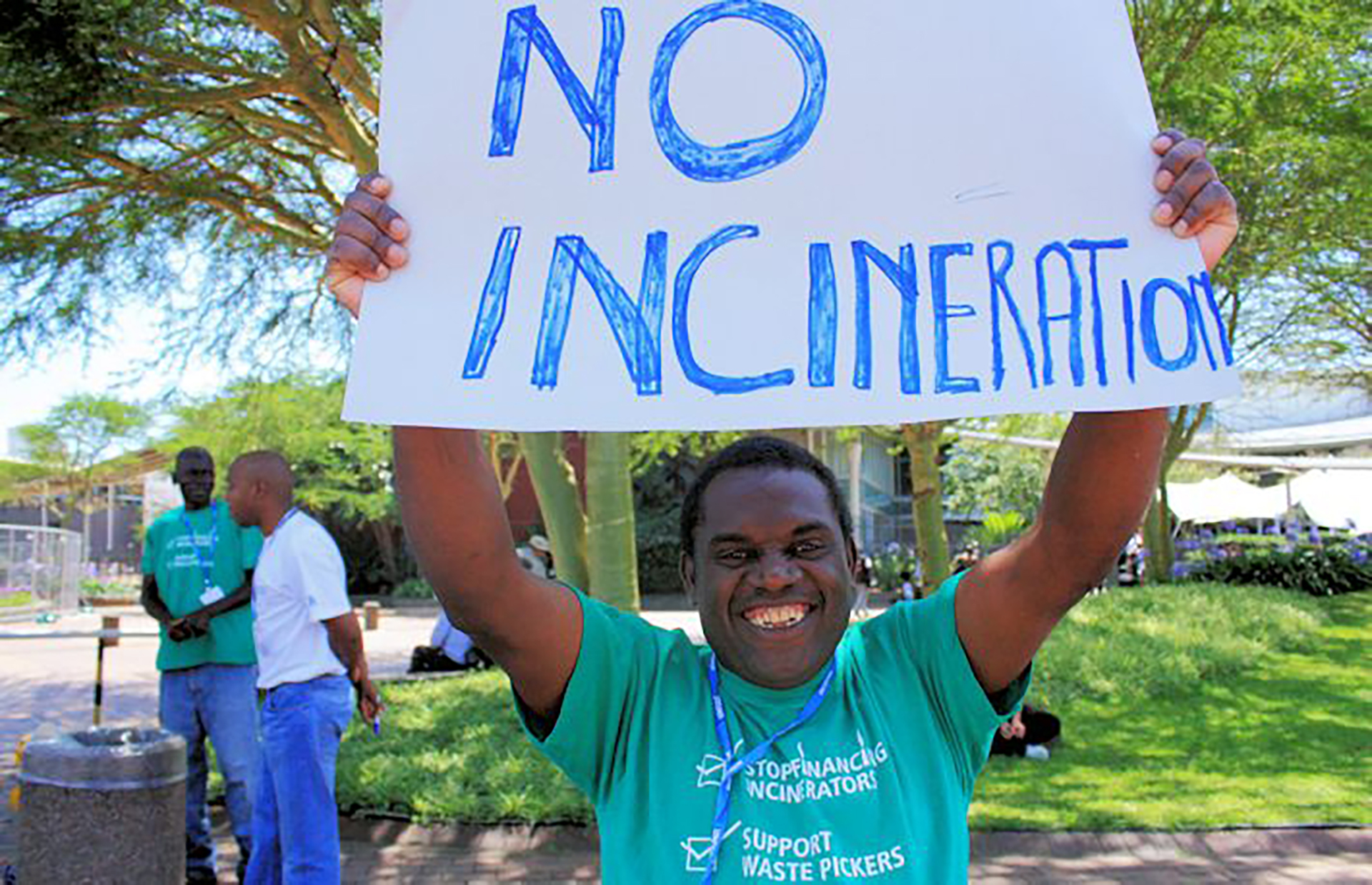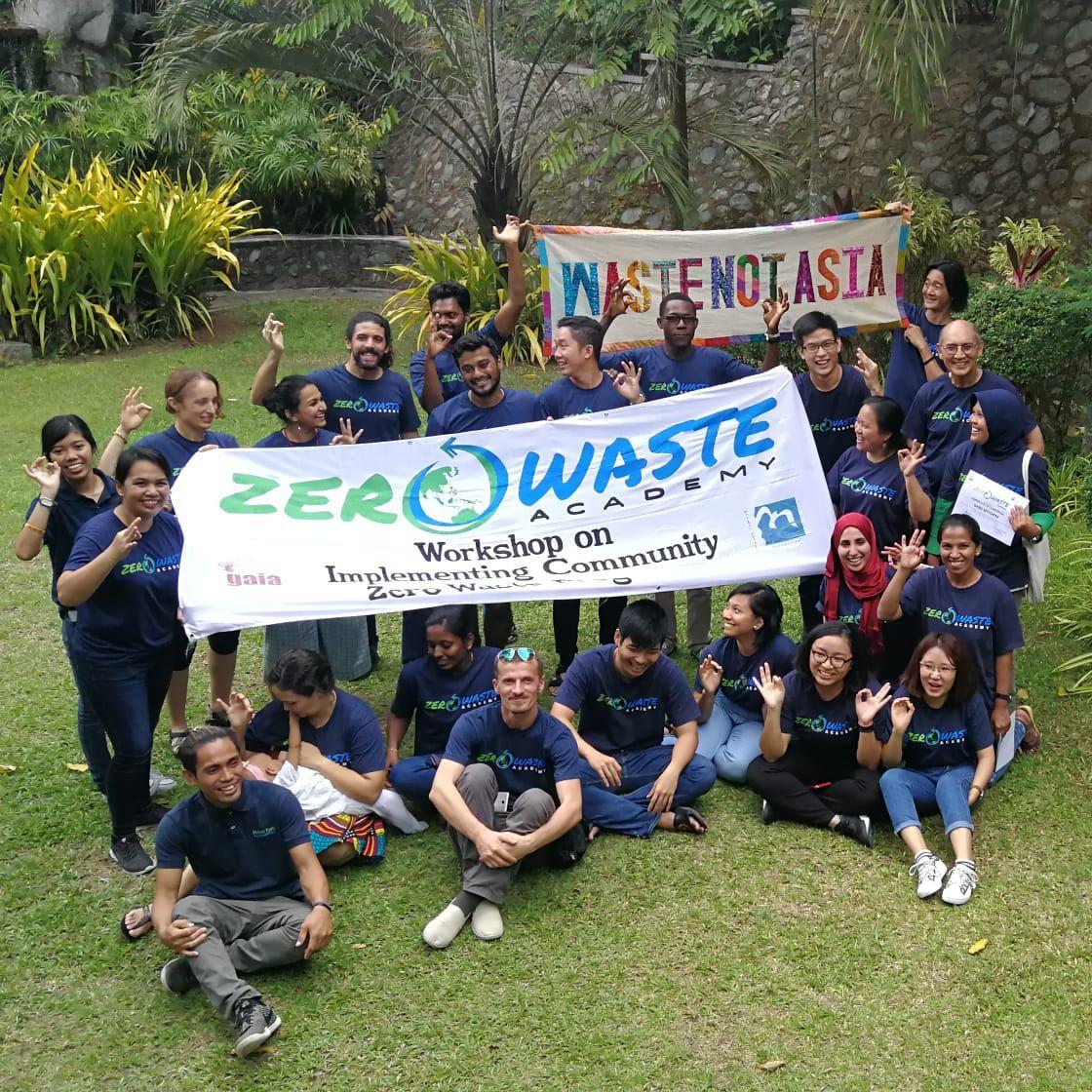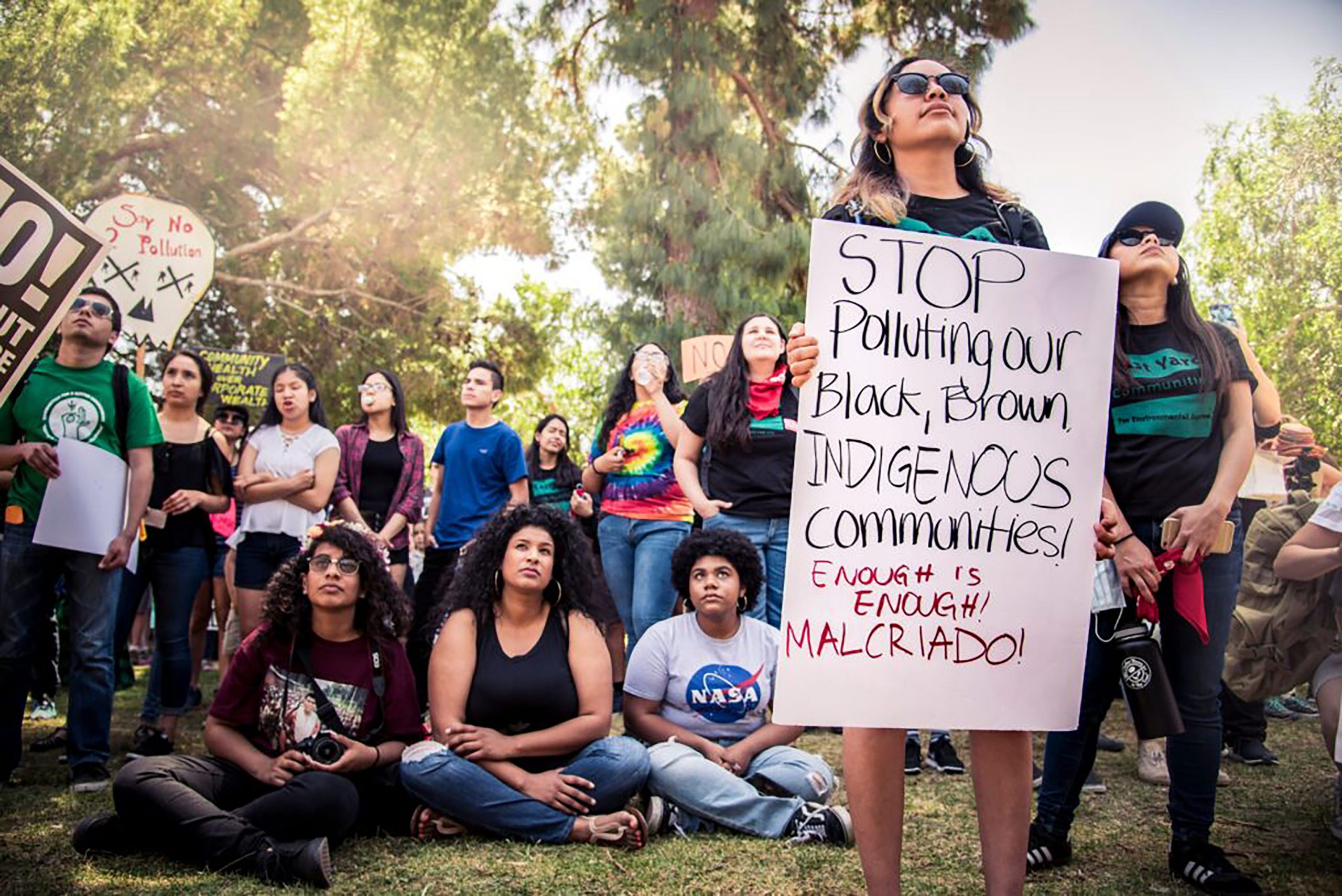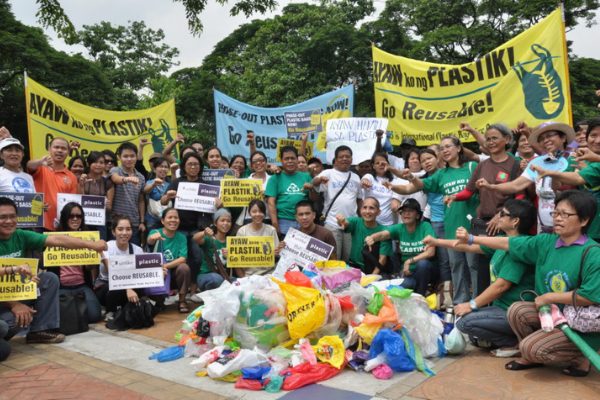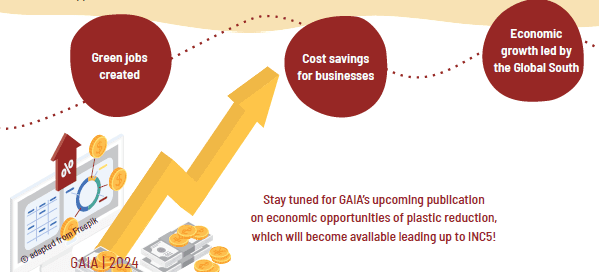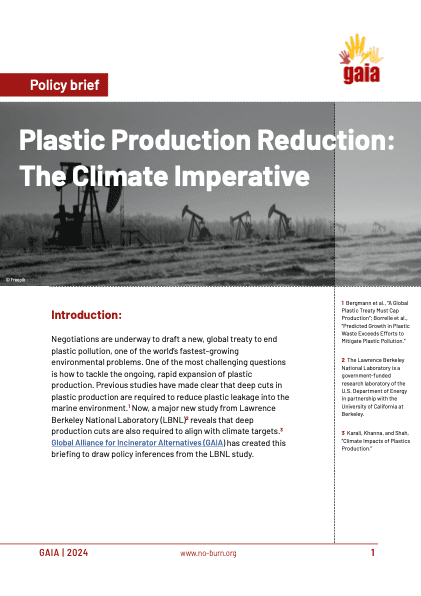What is Zero Waste?
“The conservation of all resources by means of responsible production, consumption, reuse, and recovery of products, packaging, and materials without burning, and with no discharges to land, water, or air that threaten the environment or human health.” – Zero Waste International Alliance
Our current extractive economy is part of a system that sends billions of tons of waste a year into our land, oceans and air, and that continues to harm more and more people. Zero waste replaces this one-way model with a more sustainable, cyclical system that focuses on waste prevention and emphasizes chains of responsibility, connectivity, and inclusivity within communities, such as the formal integration of informal waste pickers. The peer-reviewed and internationally recognized definition of “zero waste” by the Zero Waste International Alliance is important to pinpoint and even more important to uphold, as the path to zero waste will be unique to every city and community but the underlying values that direct zero waste efforts are shared and unwavering.
On a practical level, zero waste is both a goal and a plan of action. The goal is to ensure resource recovery and protect scarce natural resources by ending toxic waste disposal in incinerators, dumps, and landfills, and to establish systems that are socially and environmentally just in their place. The plan encompasses waste reduction, reuse, composting, recycling, changes in consumption habits, and industrial redesign—strategies that create more resilient communities, climate solutions, social equity, and healthier environments.
Zero waste is therefore a means towards environmental goals and a holistic tool for social intervention towards well-being for all.
Zero waste is a revolution in the way we take, make, and waste.
WHY ZERO WASTE MATTERS
Our world currently generates 2.01 billion tons of waste annually, and unless significant action is taken, waste is projected to increase by 70% to 3.4 billion tons by 2050. Every minute, one garbage truck of plastic is dumped into our oceans, polluting not just our oceans but also our bodies with microplastics in our food, air, and drinking water. Meanwhile, waste is being burned in incinerators around the world, causing emissions of greenhouse gases, heavy metals, and persistent organic pollutants that are poisoning surrounding communities—disproportionately harming lower income communities, communities of color, marginalized communities, and many communities across the Global South.
Tackling our current waste crisis calls for systemic change. Zero waste is a real solution built on 5 pillars that betters peoples’ lives and safeguards our environment. Through policies, programs, and infrastructure to minimize municipal waste streams and sustainably manage what’s left, cities can support local economic development and livelihoods, improve air quality, and mitigate climate change.

WHY ZERO WASTE IS ATTAINABLE
Zero waste is ambitious, but it is neither unachievable nor part of some far-off future. In small towns and big cities, in communities rich and poor, in the Global North and South, innovative plans in place today are making real progress toward the goal of zero waste.
Planning for a zero waste city or community doesn’t necessarily mean not producing any waste. As with many other policies, zero waste is a trajectory to avoid waste by ultimately eliminating materials that can not be safely reused, recycled, or composted. Similar to a city setting a goal for zero pedestrian fatalities, zero waste goals assert that our current system is not acceptable. By implementing zero waste plans, cities then build the policies, programs, and infrastructure needed to get as close to the goal of zero as possible.
Cities around the world are already taking action to achieve zero waste. 400 municipalities have committed to zero waste in Europe alone, and cities across Europe and Asia are modeling zero waste solutions that reduce waste by up to 80%! Through pioneering zero waste systems, these cities saved money, significantly reduced the amount of waste they generated, and created sustainable jobs.


Why Zero Waste Works
48% of global carbon dioxide emissions can be reduced by 2030 through switching to a circular economy.
Zero waste systems create up to 200 times as many jobs as landfills and incinerators.
Zero Waste avoids the impacts from incinerators, landfills, and open burning.
